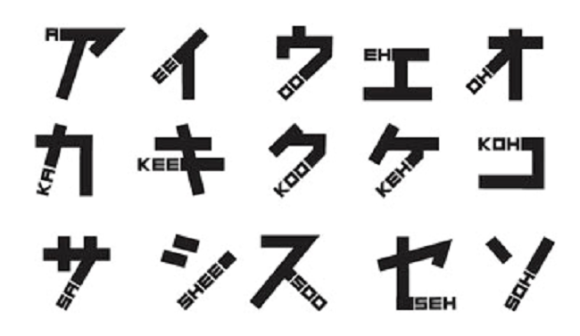
Written Japanese uses three kinds of script. At the top of the difficulty curve, you’ve got kanji, the complex characters originally imported from China that can require over a dozen brush strokes to write, with each kanji representing a word or concept.
A little less challenging are hiragana, a set of 50 curving phonetic characters, but if English is your native language, odds are you’ll have the least trouble with angular katakana. Like hiragana, katakana is a phonetic system, so each character corresponds to a syllable. Even better, while often one kanji can have three or four possible readings, each katakana has just one possible pronunciation.
Of course, you still have to memorize how to pronounce all 50 katakana (85 if you’re being really technical) in the first place. One group of graphic designers are aiming to make that task a little easier, though, with a font that combines katakana with phonetics written in English.
Employees of U.K.-design house Johnson Banks often come to Japan to work with clients. Japanese is a tricky language to learn, though, and even after multiple trips to the country, the business travelers weren’t going to just naturally pick up the ability to read katakana.
It’s not too surprising that professional designers are visually oriented people, and so Johnson Banks spent several months developing a new font where an English rendering of each katakana’s sound replaces a brush stroke in whole or part.
For example, here’s the name of Uniqlo, beloved outfitter of exchange students and Internet writers, as it looks in katakana.
And here it is rendered in Johnson Banks’ new Phonetikana font.
Katakana is primarily used for foreign loanwords, and we can see a few more artistic flourishes in these designs that the company drew up, possibly before lunch.
▼ tomato/tomato
▼ toppu banana/top banana
▼ biggu appuru/big apple
Aside from words of foreign origin, katakana is also often the go-to choice when writing sound effects, onomatopoeia, and comic book-style action words, such as doki doki, the sound of an excited heartbeat…
…kuru kuru, spinning or spiraling…
…or niko niko, indicating that someone is all smiles.
In a way, this linguistic mashup is a really clever idea, and with a few tweaks, it might actually be an easy way for brand new learners to dip their toes in Japan’s deep linguistic waters. What kind of tweaks? Well, let’s take another look at niko niko.
Notice how we’re spelling it differently than Johnson Banks does?
It’s true that there are a couple of different systems for writing Japanese words in the Latin alphabet, but there’s one method that’s by far the most common, and it says the Japanese syllable that sounds like the English word “knee” should be written “ni,” not “nee.” As a matter of fact, under the dominant system, “nee” would be pronounced like “neigh,” the sound a horse makes.
As a further example, let’s take a look at what happens to “sushi” in Phonetikana.
You end up with “sooshee,” which aside from looking weird, makes those two syllables seem a lot longer than they really should be. That’s a problem you’re a lot less likely to run into with the standard “sushi.”
Still, Johnson Banks says the font is a work in progress, and is looking for feedback from linguists. We’re wishing them good luck in ironing things out, and looking forward to Phonetikana Version Two.
Sources: Tabimedia, Johnson Banks
Images: Johnson Banks



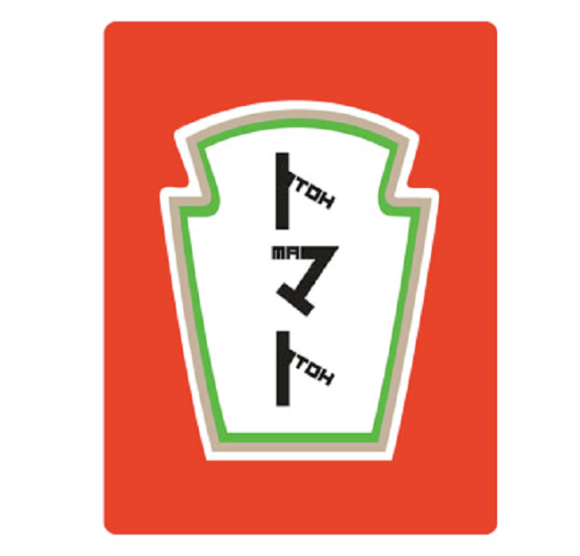
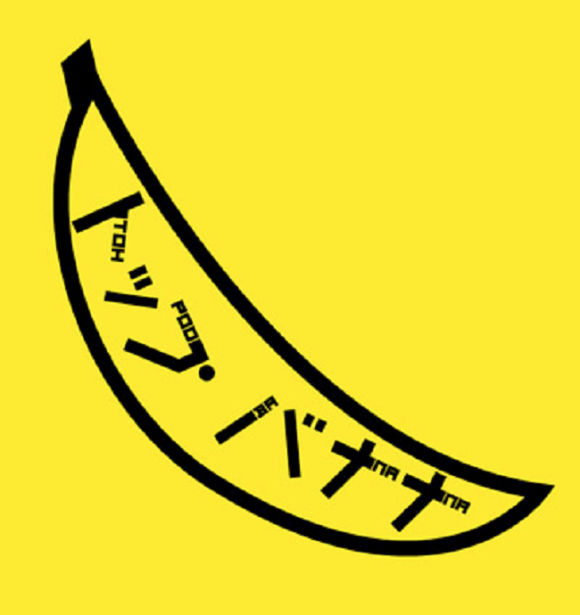
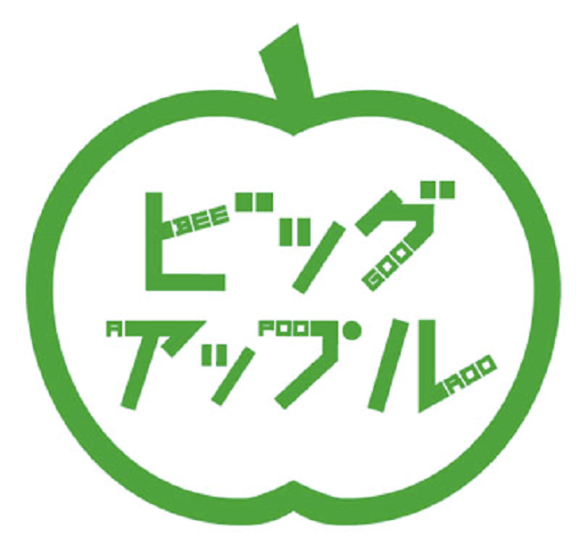
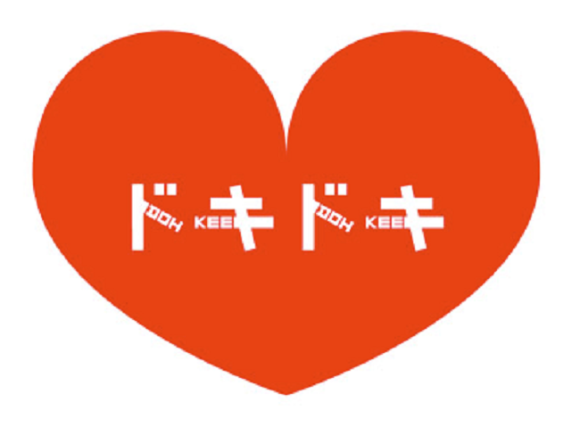
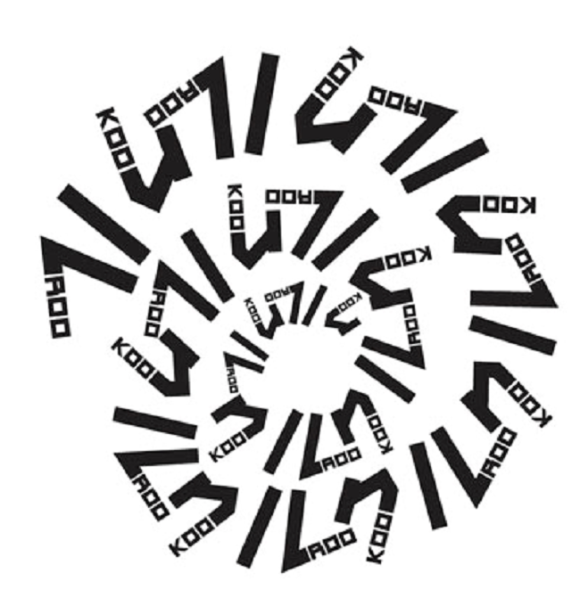
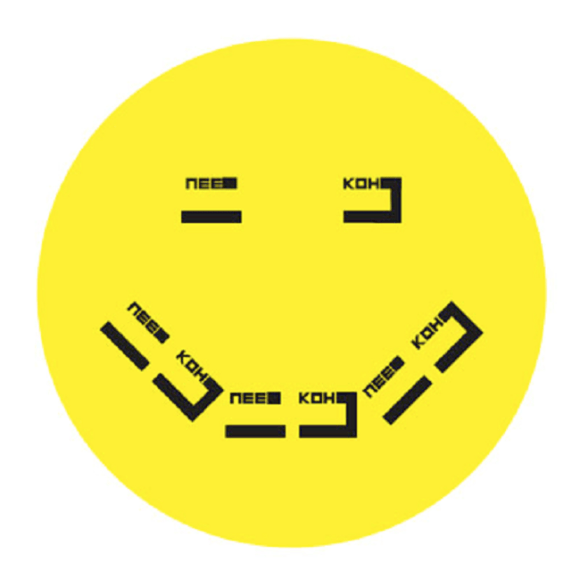
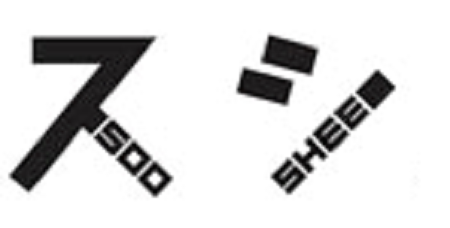
 Yahoo! Japan finds most alphabetic and katakana words Japanese people want to find out about
Yahoo! Japan finds most alphabetic and katakana words Japanese people want to find out about Pokémon Center apologizes for writing model Nicole Fujita’s name as Nicole Fujita
Pokémon Center apologizes for writing model Nicole Fujita’s name as Nicole Fujita Japanese elementary school student teaches us all how to pronounce English like a native speaker
Japanese elementary school student teaches us all how to pronounce English like a native speaker Foreigners in Japan vote for the best-looking katakana character
Foreigners in Japan vote for the best-looking katakana character Twitter users say Japanese Prime Minister’s name is hiding in the kanji for Japan’s new era name
Twitter users say Japanese Prime Minister’s name is hiding in the kanji for Japan’s new era name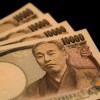 New Tokyo restaurant charges higher prices to foreign tourists than Japanese locals
New Tokyo restaurant charges higher prices to foreign tourists than Japanese locals Tokyo’s famous Lost in Translation hotel is closed
Tokyo’s famous Lost in Translation hotel is closed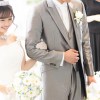 Japan’s wedding gift etiquette rule is too expensive, young people in survey say
Japan’s wedding gift etiquette rule is too expensive, young people in survey say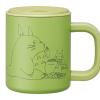 Studio Ghibli releases new mug and tumbler collection featuring Jiji and Totoro
Studio Ghibli releases new mug and tumbler collection featuring Jiji and Totoro Tokyo sweets store sells beautiful soft serve ice creams that look like works of art
Tokyo sweets store sells beautiful soft serve ice creams that look like works of art Japanese hot spring inn lets you spend night for under US$1 if you do something special in return
Japanese hot spring inn lets you spend night for under US$1 if you do something special in return This is Japan’s, and the world’s, first capsule hotel, and you can still stay there
This is Japan’s, and the world’s, first capsule hotel, and you can still stay there A trip to hell on Japan’s ‘vomit ship’: Is it as bad as everyone says it is?
A trip to hell on Japan’s ‘vomit ship’: Is it as bad as everyone says it is?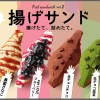 Fried sandwiches arrive in Tokyo, become hot topic on social media
Fried sandwiches arrive in Tokyo, become hot topic on social media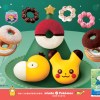 New Psyduck doughnut from Mister Donut’s Pokémon collection takes head-holding to new levels
New Psyduck doughnut from Mister Donut’s Pokémon collection takes head-holding to new levels “Mt. Fuji convenience store” issues apology for bad tourist manners, adds multilingual signs
“Mt. Fuji convenience store” issues apology for bad tourist manners, adds multilingual signs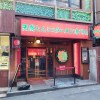 How to make a secret rice bowl at Ichiran ramen
How to make a secret rice bowl at Ichiran ramen FUK COFFEE?!? Japanese cafe has a perfectly innocent reason for its startling-looking name
FUK COFFEE?!? Japanese cafe has a perfectly innocent reason for its startling-looking name Japan has nearly 4 million abandoned homes, but where and why?
Japan has nearly 4 million abandoned homes, but where and why? Studio Ghibli unveils new goods that tip the hat to The Cat Returns
Studio Ghibli unveils new goods that tip the hat to The Cat Returns McDonald’s Japan’s new pancake pie is a taste sensation
McDonald’s Japan’s new pancake pie is a taste sensation McDonald’s new Happy Meals offer up cute and practical Sanrio lifestyle goods
McDonald’s new Happy Meals offer up cute and practical Sanrio lifestyle goods Foreigner’s request for help in Tokyo makes us sad for the state of society
Foreigner’s request for help in Tokyo makes us sad for the state of society Japanese ramen restaurants under pressure from new yen banknotes
Japanese ramen restaurants under pressure from new yen banknotes All-you-can-drink Starbucks and amazing views part of Tokyo’s new 170 meter-high sky lounge
All-you-can-drink Starbucks and amazing views part of Tokyo’s new 170 meter-high sky lounge Bad tourist manners at Mt Fuji Lawson photo spot prompts Japanese town to block view with screens
Bad tourist manners at Mt Fuji Lawson photo spot prompts Japanese town to block view with screens More foreign tourists than ever before in history visited Japan last month
More foreign tourists than ever before in history visited Japan last month Disney princesses get official manga makeovers for Manga Princess Cafe opening in Tokyo
Disney princesses get official manga makeovers for Manga Princess Cafe opening in Tokyo Sales of Japan’s most convenient train ticket/shopping payment cards suspended indefinitely
Sales of Japan’s most convenient train ticket/shopping payment cards suspended indefinitely Sold-out Studio Ghibli desktop humidifiers are back so Totoro can help you through the dry season
Sold-out Studio Ghibli desktop humidifiers are back so Totoro can help you through the dry season Japanese government to make first change to romanization spelling rules since the 1950s
Japanese government to make first change to romanization spelling rules since the 1950s Ghibli founders Toshio Suzuki and Hayao Miyazaki contribute to Japanese whisky Totoro label design
Ghibli founders Toshio Suzuki and Hayao Miyazaki contribute to Japanese whisky Totoro label design Tokyo’s most famous Starbucks is closed
Tokyo’s most famous Starbucks is closed Doraemon found buried at sea as scene from 1993 anime becomes real life【Photos】
Doraemon found buried at sea as scene from 1993 anime becomes real life【Photos】 One Piece characters’ nationalities revealed, but fans have mixed opinions
One Piece characters’ nationalities revealed, but fans have mixed opinions We asked a Uniqlo employee what four things we should buy and their suggestions didn’t disappoint
We asked a Uniqlo employee what four things we should buy and their suggestions didn’t disappoint Johnson Ting’s vision of the future is full of well-armed, gorgeously illustrated soldiers & cops
Johnson Ting’s vision of the future is full of well-armed, gorgeously illustrated soldiers & cops Sushi store makes waves in Japan for meal with a surprising 14-character katakana name
Sushi store makes waves in Japan for meal with a surprising 14-character katakana name More cat stamps available so you can neko-fy all of your important life documents
More cat stamps available so you can neko-fy all of your important life documents Fast & Furious’ Justin Lin to direct One Punch Man live-action, Twitter suggests potential cast
Fast & Furious’ Justin Lin to direct One Punch Man live-action, Twitter suggests potential cast TV audiences in Japan surprised to see “Pikachu,” “Raichu” as members of U.S. Olympic team
TV audiences in Japan surprised to see “Pikachu,” “Raichu” as members of U.S. Olympic team Japanese first grader wins math contest by quantifying “which hiragana are the hardest to write”
Japanese first grader wins math contest by quantifying “which hiragana are the hardest to write” Keyboard app shares most common emoji by country, Japan’s are completely different from others
Keyboard app shares most common emoji by country, Japan’s are completely different from others A whole new batch of Pokémon can now be part of your legal signature in Japan with Gen III hanko
A whole new batch of Pokémon can now be part of your legal signature in Japan with Gen III hanko Anime-style magic circles summon vocabulary for you in this language-learning app from Japan【Vid】
Anime-style magic circles summon vocabulary for you in this language-learning app from Japan【Vid】 Textbook gives Chinese otaku Japanese lessons with a side of anime girls and dialogue
Textbook gives Chinese otaku Japanese lessons with a side of anime girls and dialogue English conversation school in Japan has clever reminder that students don’t have to be perfect
English conversation school in Japan has clever reminder that students don’t have to be perfect Donald Trump playing cards exist in Japan thanks to McDonald’s
Donald Trump playing cards exist in Japan thanks to McDonald’s The awesome artwork hiding in the Japanese word processor: sakura, dragons, and sake
The awesome artwork hiding in the Japanese word processor: sakura, dragons, and sake BuzzFeed’s video of “anime expressions” delivers more laughs than useful language pointers
BuzzFeed’s video of “anime expressions” delivers more laughs than useful language pointers The science behind why English speakers can’t pronounce the Japanese “fu”
The science behind why English speakers can’t pronounce the Japanese “fu”
Leave a Reply